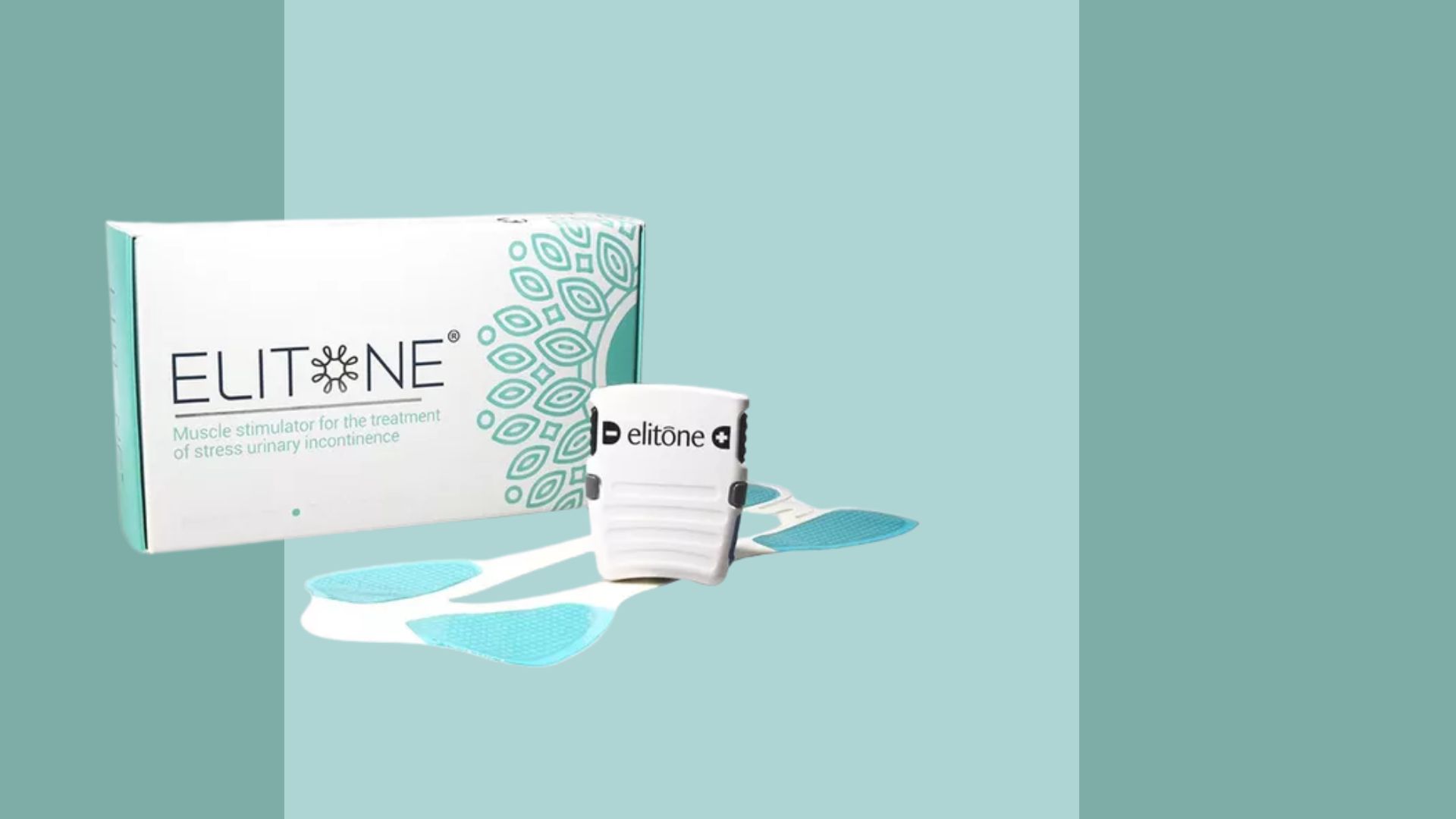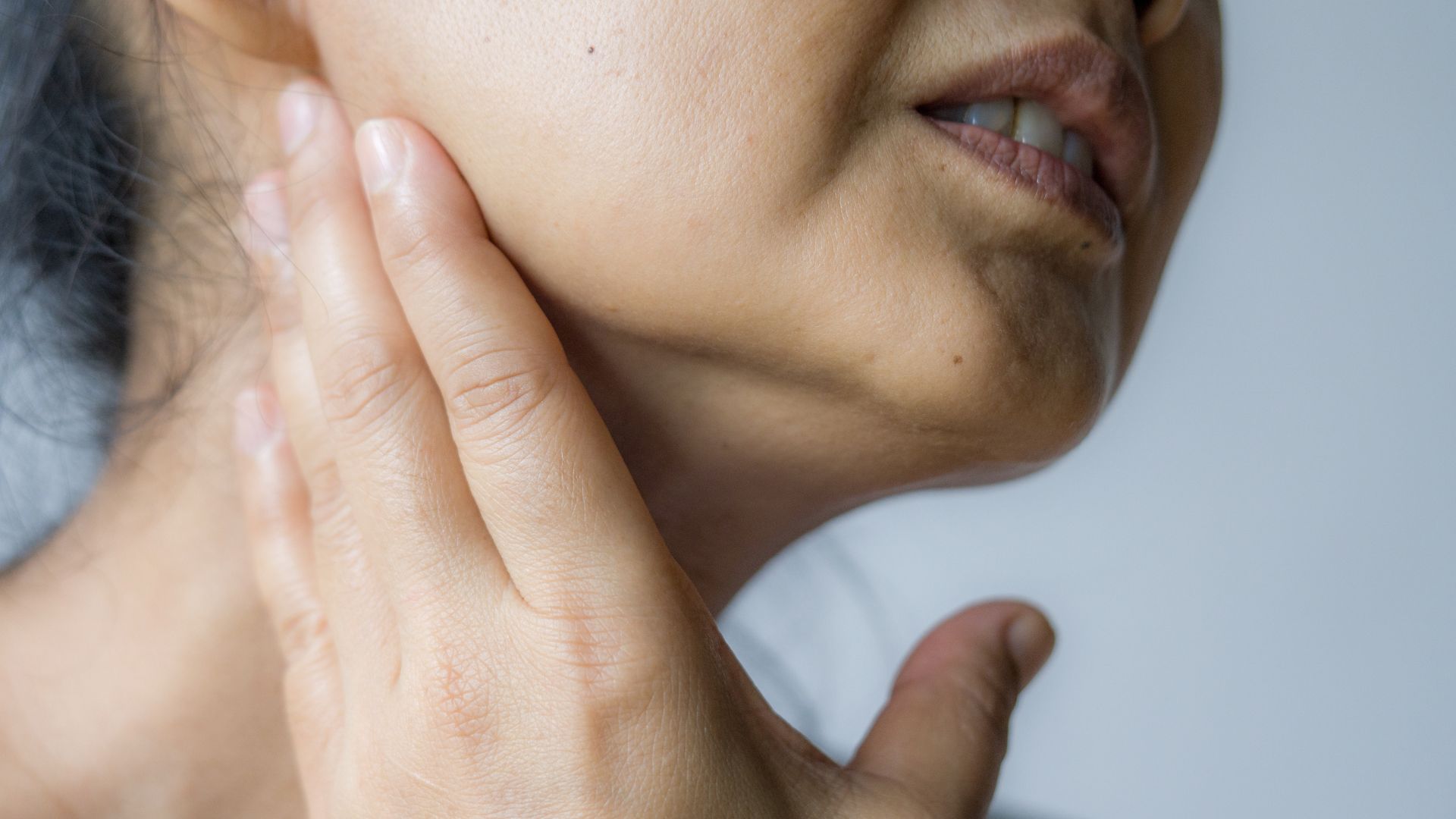Menopause
A menopause information hub. Find out about the different symptoms (including hot flushes, night sweats, loss of libido, weight gain) and how to manage them
Latest
-

Oprah Winfrey reveals the unexpected menopause symptom that made her feel like she was 'going to die'
Winfrey opened up about her experience ahead of releasing 'An Oprah Winfrey Special: The Menopause Revolution' on Disney+ in the UK
By Kat Storr Published
-

Elitone pelvic floor trainer review: I tried this 'zero effort' device for 6 weeks and haven't looked back
The Elitone pelvic floor trainer is a non-invasive device that uses gel pads and electrical signals to stimulate the muscles, no work required
By Samantha Priestley Published
-

5 sexperts share their secrets to better sex for mature women
These women know how to put the va-va-voom back into the bedroom… possibly even the kitchen! Here's what we've learned from them
By Kim Willis Published
-

This 10-minute stretching routine can help loosen stiff joints without a single squat
We spoke to a physiotherapist to reveal how to loosen stiff joints with a simple stretching session
By Grace Walsh Published
-

I tried taking lion's mane for my menopausal brain fog - and now I get why everyone's talking about it
Kat Storr started taking lion's mane for her menopausal brain fog and hasn't looked back since, it's been so transformative. Here are the benefits she found in two weeks...
By Kat Storr Published
-

What happens when you come off HRT? Doctors reveal 6 things to expect
The decision to come off HRT doesn't have to be a daunting one. Here, doctors reveal what to expect and the alternatives you might like to try
By Ali Horsfall Published
-

I tried CBT for menopause - here are my honest thoughts
CBT for menopause is one of the recommended alternatives to HRT. Here's what happened when writer Laura Williams was prescribed 6 weeks for her symptoms
By Laura Williams Published
-

No, PCOS doesn't 'go away' after menopause - plus the other myths you need to know about
PCOS and menopause are rarely discussed, yet it could affect 1 in 10 women in the UK. Here, Health Writer Sarah Finley reveals what you need to know
By Sarah Finley Published
-

It's not just hot flushes: Dentists reveal the little-known link between menopause and tooth pain
Dentists reveal the link between menopause and tooth pain, the changes you can expect in menopause and how to treat issues like sensitivity, dry mouth, and more
By Kat Storr Published
